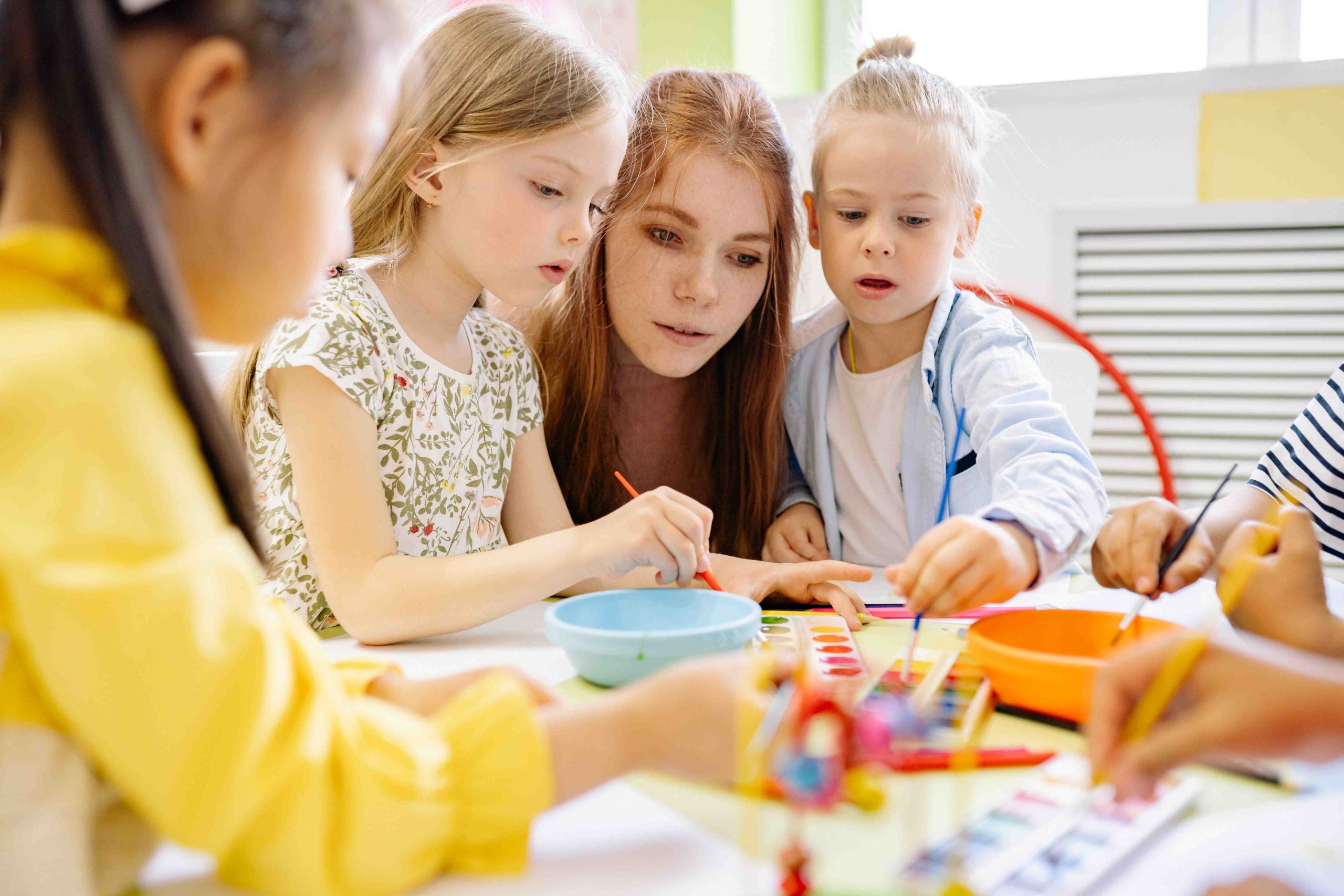
Montessori Design: Embracing the Montessori Method to Enhance Learning for Preschoolers
The Montessori method of education, based on the philosophy and work of Dr. Maria Montessori, prioritizes child-centered learning. It encourages preschoolers to learn at their own pace and in their own way, fostering their natural curiosity and love of learning while nurturing independence and self-esteem. In this article, we will delve into the Montessori method, including its principles, practices, benefits, and how it aligns with contemporary needs.
Principles of Montessori Education
The Montessori method rests on several principles guiding its practices:
1. Respect for the Child: Montessori educators believe preschoolers are capable of self-directed learning and should be treated with respect and dignity, with teachers acting as guides rather than authority figures.
2. The Prepared Environment: The classroom should be meticulously designed to promote learning and exploration, with materials and activities tailored to each child’s needs and interests.
3. The Absorbent Mind: Preschoolers have a natural ability to absorb information from their environment, which the Montessori method utilizes through hands-on learning experiences engaging all senses.
4. Sensitive Periods: Preschoolers go through sensitive periods, where they are especially receptive to specific types of learning, thus the method provides appropriate materials and activities at these times.
5. Individualized Learning: Recognizing each child’s uniqueness, the Montessori method tailors the learning experience accordingly, rejecting the one-size-fits-all approach.
Practices of Montessori Education
The principles translate into key practices:
1. Mixed-Age Classrooms: Different-aged preschoolers learn together, allowing younger ones to learn from older peers and vice versa.
2. Self-Directed Learning: Preschoolers are empowered to choose their activities and work at their own pace, fostering independence and intrinsic motivation.
3. Hands-On Learning: The classroom offers hands-on experiences engaging all senses to facilitate effective learning.
4. Uninterrupted Work Time: Preschoolers are given extended periods to focus on activities, promoting concentration and a sense of accomplishment.
5. No Rewards or Punishments: Instead of external motivators, intrinsic motivation is fostered by providing inherently rewarding activities.
Benefits of Montessori Education
Montessori education offers several benefits:
1. Independence and Self-Esteem: Fosters independence and self-reliance, boosting self-esteem and confidence.
2. Love of Learning: Encourages a love of learning by allowing exploration at one’s own pace.
3. Academic Achievement: Montessori preschoolers excel academically, particularly in math, reading, and writing.
4. Social Skills: Promotes social skills like cooperation, communication, and empathy through mixed-age classrooms.
5. Creativity: Nurtures creativity through open-ended activities.
6. Executive Functioning: Develops strong executive functioning skills essential for academic and life success.
Montessori Design in the Classroom
The design of the classroom environment significantly impacts preschoolers’ learning:
1. Order and Beauty: A clean, organized, and aesthetically pleasing environment promotes calmness and focus.
2. Natural Materials: Materials made from natural elements enhance engagement and connection to the environment.
3. Open Spaces: Spacious classrooms allow for free movement and exploration.
4. Child-Sized Furnishings: Furniture sized for children promotes independence and ease of use.
5. Multi-Sensory Materials: Engaging materials that stimulate all senses facilitate effective learning.
Implementing Montessori Principles at Home
Many Montessori principles can be applied at home:
1. Creating a Prepared Environment: Design a space with child-sized furniture and Montessori-inspired materials.
2. Encouraging Independence: Assign age-appropriate tasks to promote self-reliance.
3. Allowing for Self-Directed Play: Offer open-ended materials to encourage exploration and creativity.
4. Following the Child’s Interests: Provide activities aligned with the child’s current interests.
5. Promoting Outdoor Play: Foster exploration and physical activity outdoors.
Montessori Training for Educators
Specialized training and certification are necessary for Montessori educators:
1. Montessori Philosophy: In-depth study of Montessori principles is essential.
2. Classroom Management: Strategies for managing mixed-age classrooms and adapting the curriculum.
3. Materials and Curriculum: Familiarity with Montessori materials and curriculum, and how to tailor them to individual needs.
4. Child Development: Comprehensive understanding of child development is crucial.
5. Practical Experience: Hands-on experience in a Montessori classroom under supervision is invaluable.
Criticisms of the Montessori Method
Despite its benefits, the Montessori method faces criticisms:
1. Lack of Formal Instruction: Critics argue it may not adequately prepare preschoolers for traditional academic settings.
2. Limited Socialization Opportunities: Some suggest the mixed-age model may hinder peer socialization.
3. Expensive: Cost may limit access for some families.
4. Limited Parental Involvement: Critics argue it may not offer enough opportunities for parental involvement.
5. Lack of Standardization: Variations in quality across Montessori programs raise concerns.
Montessori in the Digital Age
Some educators explore integrating digital tools:
1. Enhanced Learning Opportunities: Digital tools offer interactive learning experiences.
2. Increased Access: They can provide access to Montessori resources for remote learners.
3. Personalization: Digital tools allow tailored learning experiences.
4. Preparation for the Future: Familiarity with technology prepares preschoolers for the digital age.
Montessori and Inclusion
Montessori supports diverse learners:
1. Individualized Learning: Tailored instruction benefits students with special needs.
2. Multi-Sensory Approach: Engaging all senses aids children with sensory issues.
3. Mixed-Age Classrooms: Promote inclusivity and value diversity.
4. Cultural Diversity: Materials reflect diverse cultures, fostering respect and inclusion.
Montessori and Sustainability
Montessori intersects with sustainability:
1. Hands-On Learning: Activities like gardening promote sustainability awareness.
2. Connection to Nature: Natural elements in classrooms foster appreciation for the environment.
3. Responsibility and Stewardship: Emphasizes caring for the environment.
4. Global Awareness: Materials address global issues, including sustainability.
In conclusion, the Montessori method offers a holistic approach to preschool education, emphasizing independence, self-directed learning, and hands-on exploration. By embracing its principles and practices, educators and parents can create enriching environments supporting preschoolers’ growth and development across various domains.


